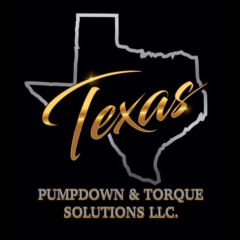A power lawn mower can be dangerous and cause serious injuries. A rotary mower blade whirls at 2,000 or 4,000 revolutions per minute, or at 100 to 200 miles per hour. For safety reasons, it is important to know how to quickly disengage the clutch and stop the engine.
To operate a power lawn mower, follow these tips:
– Know and understand the controls of the equipment.
– Before mowing, identify objects and remove debris from lawn.
– Wear protective, close fitting clothing.
– Start mower from a firm stance with feet in a safe position.
– Take self-propelled mowers out of gear before starting.
– Keep both feet on the footrests of a riding mower.
– Keep all guards and safety shields in place.
– Never fill the gasoline tank on the mower if the engine is hot.
– Store gasoline in an approved, properly labeled container.
– Turn off the motor before dismounting or removing a foreign object
– Disconnect the spark or electric plug before repairing mower.
– Never use an electric mower on wet grass.
– Provide routine maintenance.
– No extra riders on self-propelled mowers
Be Aware of Mowing Hazards:
– A mower can tip over easily.
– Push the mower away from the body during a fall.
– Never leave a running mower unattended.
– Take rest periods as needed.
– Foreign objects can fly from the mower, so make sure the mowing area is clear of people and animals.
Proper mowing directions:
– When mowing on a slope with a riding mower, you should mow down the slope.
– When mowing on a slope with a push mower, you should mow across the slope.
Proper dress for mowing:
– Sturdy shoes.
– Long pants and long sleeve shirts.
– Safety glasses or goggles when mowing near solid objects.
Conclusion:
Be aware of your surroundings, know how to use the equipment properly, and walk the area BEFORE mowing to identify and remove debris and objects.
Questions:
- Why walk the area first?
- Sturdy shoes, long pants & long sleeved shirt, and safety glasses must be worn while mowing. True or False?
